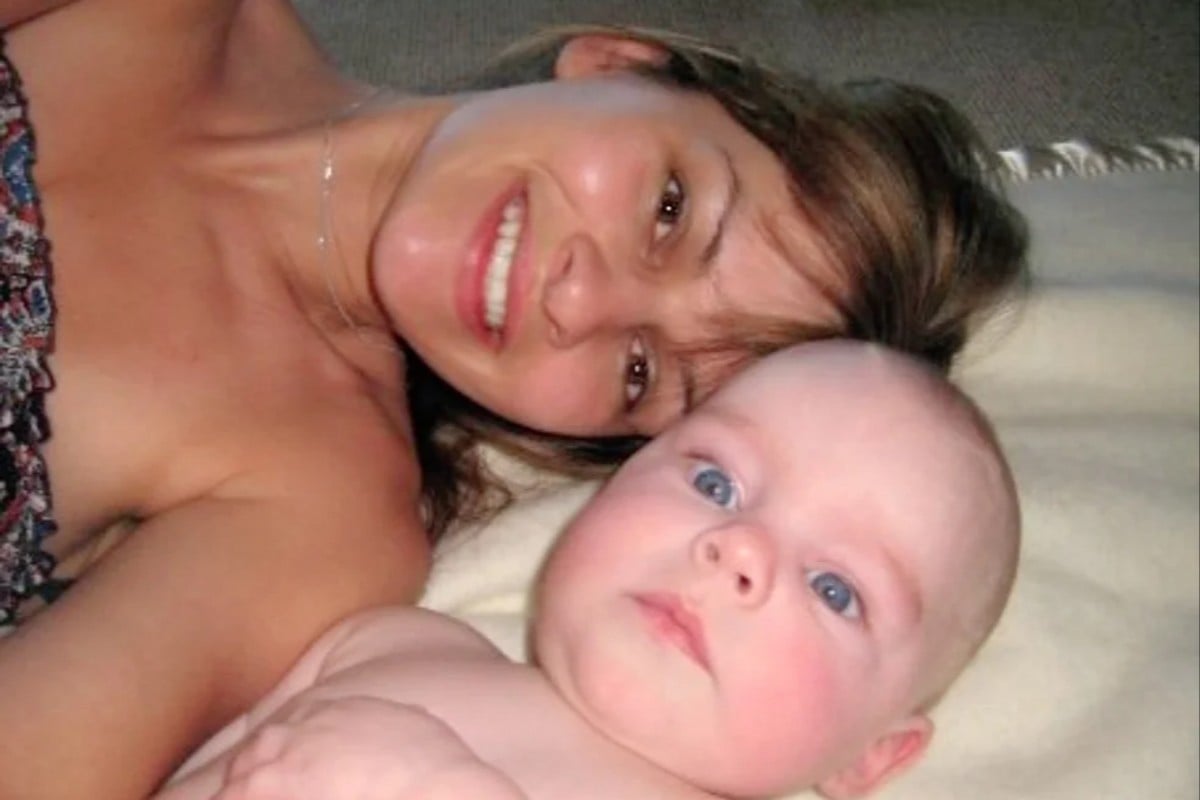
Until faced with the prospect of infertility, many of us assume the choice of whether or not to become a mother will be ours to make.
Naively, having children was something I simply expected as a young woman, but it was far from the simple process I'd envisaged. Each month, anticipation turned to anxiety and eventually, despair, as the realisation set in that fertility issues may be to blame.
Male factor infertility was diagnosed, with Intracytoplasmic Sperm Injection (ICSI), a specialised form of In Vitro Fertilisation (IVF), the only option offered. (ICSI involves the injection of a single sperm into the egg).
And so, the journey began. Anyone who has been through it will know that IVF is an extraordinarily difficult experience, one that places intense physical and mental demands upon you. At the same time, you're desperately hanging on to hope.
Watch: Why Do Men Donate Sperm. Article continues after the video.
You become bloated, tired, sore and emotional. There are ups and then there are downs. Daily injections became the norm, along with mood swings, anxiety and desperate longing. Following an uncomfortable egg extraction procedure, 10 eggs were fertilised, resulting in four healthy blastocysts, or five-day-old embryos.
I was just 27 at the time, which meant the likelihood of pregnancy was high, so only one embryo was transferred. Nine months later, my son, Beau, was born.




























































































